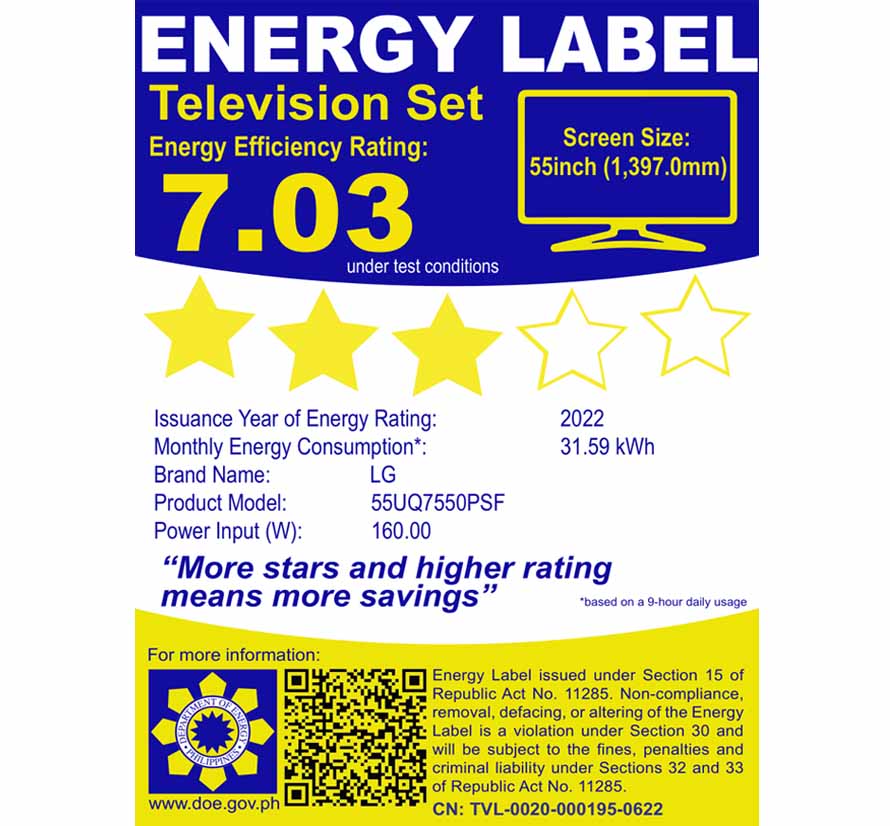

There's enough processing power in the 325ES to remap the HDR signal and create an image largely free of artifacts or severe clipping, both of which I've seen on lesser projectors. All projectors that can support HDR have to modify that signal to work, since no projector has the brightness or dynamic range to fully handle HDR. That powerful processing, similar to what's found in its high-end TVs, also allows for far, far better HDR processing than most other projectors. Where you notice it the most, like hairs and wrinkles on a face, the Sony does 4K detail more justice than the other two. There is some motion blur, which the LG lacks, but even so it still looks very, very detailed. The Sony looks more detailed than the Epson and even more than the extra-sharp LG. This is partly due to Sony's elaborate image processing, which you can disable, and also the exceptional contrast and having 3,840x2,160 discrete pixels.

This is why OLED TVs nearly always win multi-TV shootouts and endless editors' choice awards. Sure, it might have lovely curves and brighter lights, but when it comes down to it, the fastest car wins. The Epson's image is great, but the Sony's is greater.Ĭontrast ratio is to projectors and TVs what speed is to a race car. In the Epson's higher brightness mode, it's of course far brighter than the Sony could ever hope to be, but in that mode the black level is much higher, so blackīars, for example, are far more noticeable. The highlights just pop, yet the blacks are so deep as to seem to lack light. Compared to the Epson, in that projector's highest contrast mode, the Sony's black levels are just a bit deeper, and its highlights just a bit brighter, so there's noticeably more depth and realism to the image. The contrast ratio is just that intoxicating. Even at roughly half the brightness of the other two my eye kept coming back to it. The Sony is, as you'd hope, on a complete other level. I connected all three via a Monoprice 1x4 distribution amplifier, and viewed all side by side by side on a 12-foot-wide, 1.0-gain screen. Even a passing glance can see the 325ES blows them away, but is it nearly twice as good as the price implies? We shall see. There isn't a lot of competition in this price range, but it's worthwhile to compare the 325ES to some recent, cheaper, and quite good projectors like the Epson Home Cinema 5050UB and the LG HU810P. However, LCoS is capable of significantly higher contrast ratios than the other two, which is by far the most important aspect of overall picture quality, as we'll discuss in a moment. This is a far more expensive technology and is only found in high-end projectors like Sony's own and JVC with their D-ILA variant. Sony uses SXRD, their own version of a tech called liquid crystal on silicon. Nearly all other projector manufacturers use DLP chips made by Texas Instruments to create an image. Epson, for instance, uses LCD chips, similar to most However, the black level is so good you can't really notice these bars unless you're really looking for them.Īnd why is that black level so good? The 325ES uses a different technology than most projectors. However, unless you send the projector 4,096x2,160, it's only using the 3,840x2,160 portion of the chip, with black bars on either side. It sports a resolution of 4,096x2,160, an extra 552,960 pixels over those wimpy Ultra HD projectors and their 3,840x2,160 resolution. SOURCE footage width (640) DIVIDED BY 1.The 325ES is a "true" 4K projector, in the digital cinema sense. ☞ 4:3 to 16:9 Regular Widescreen Aspect Ratio: SOURCE footage width (1920) DIVIDED BY 1.85 = 1038px tallĪs a ‘bonus’, here is the method for converting your 4:3 aspect ratio video to regular 16:9 widescreen (assuming 640×480 footage): ☞ 16:9 to 1.85:1 / Academy Flat / “Flat” Aspect Ratio: SOURCE footage width (1920) DIVIDED BY 2.35 = 817px tall ☞ 16:9 to 2.35:1 / Cinemascope / Anamorphic / Panavision Aspect Ratio: If your SOURCE footage is 1280×720, your width would be 1280 if your SOURCE footage is 720×480, your width would be 720 and so on.

These are all assuming 1920×1080 footage. ✏ Here are some examples of aspect ratio conversion methods. – crop 132px from top, 131px from bottom). If it is a decimal number (such as 131.5), even it out to whole pixels (i.e. ✏ To find the amount to crop off the top and bottom, subtract your pixel number (817px here) from your source footage height (1080px) and divide it by two. To convert from any aspect ratio to a wider format (such as 2.35:1 or 1.85:1), all you have to do isĭIVIDE the WIDTH of your SOURCE footage (1920 in this example) by the final aspect ratio desired (2.35 in this example).


 0 kommentar(er)
0 kommentar(er)
